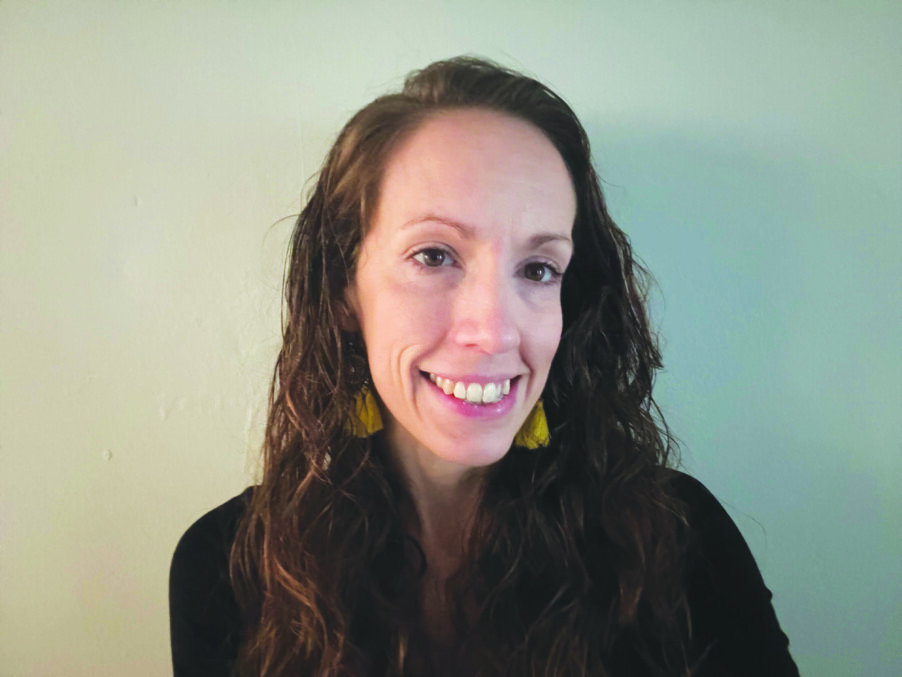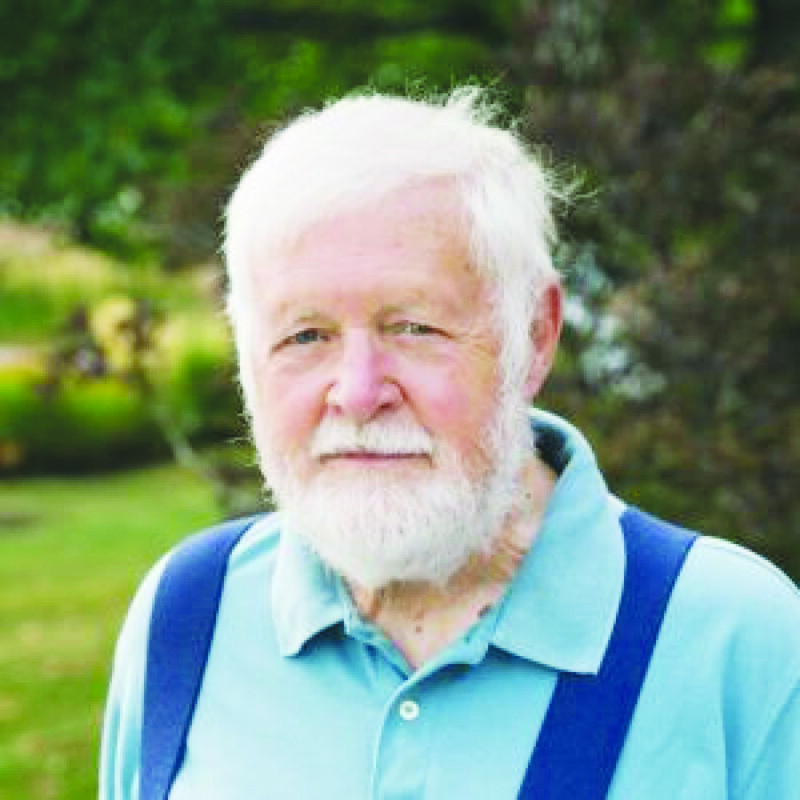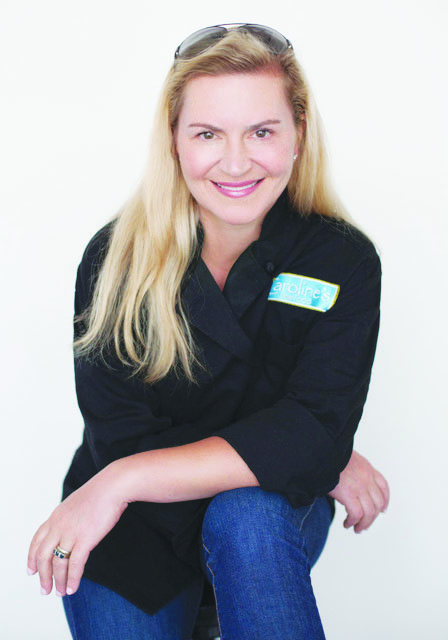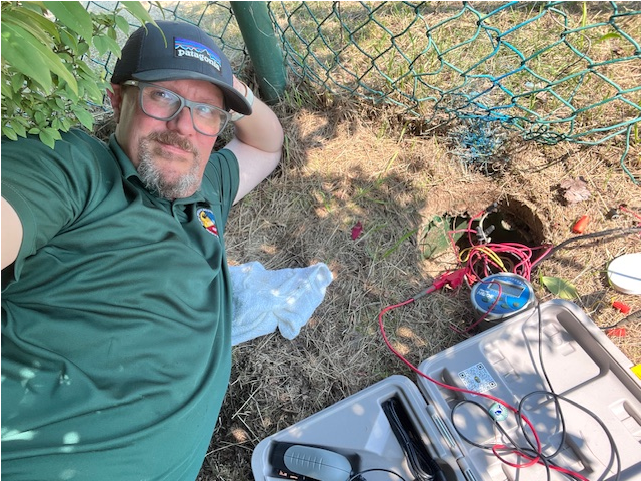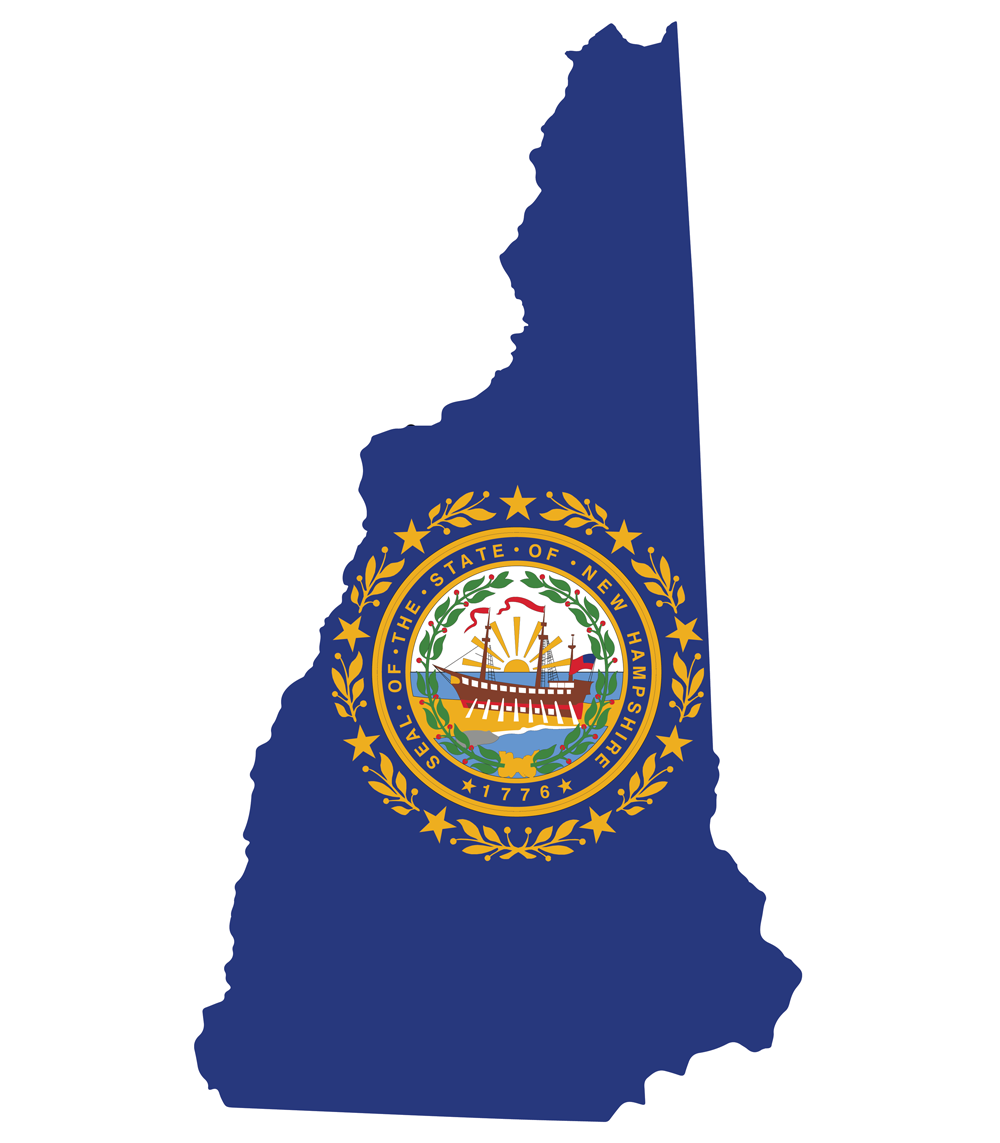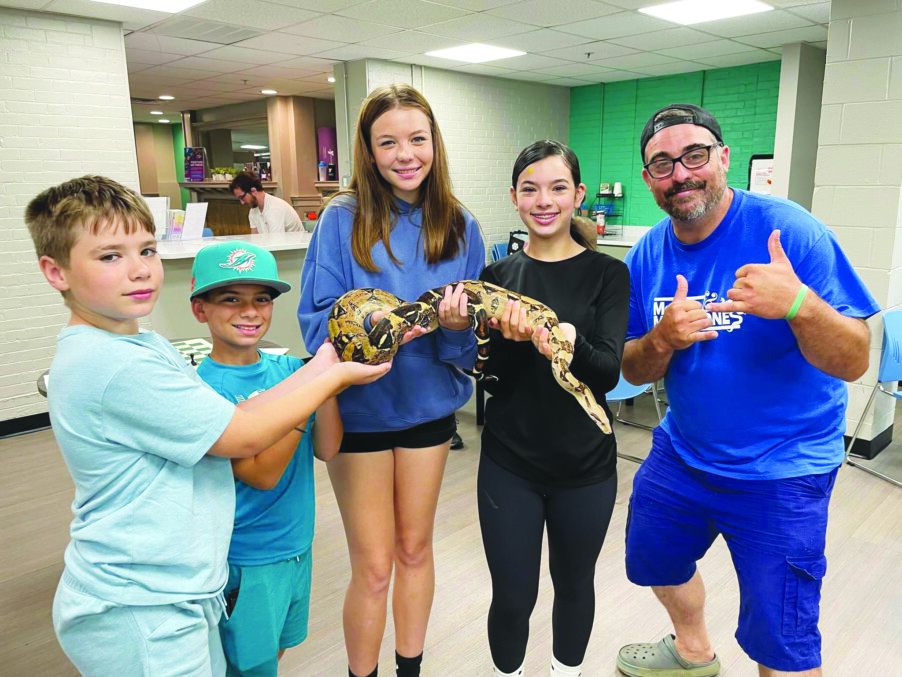Nikki Miller is Head Bartender at Barley House Restaurant and Tavern (132 N. Main St., Concord, 228-6363, thebarleyhouse.com). A New Hampshire native, she has “always pretty much worked in restaurants,” she said. “I have bounced around a tiny bit, but definitely have landed here at the Barley House. I’ve been here for six and a half years now. I started as a server, and made my way up to a bartender. I am a manager, now. I run the events here, I throw parties, I do a lot. Sometimes I even wash dishes. I really like bartending. I think that you kind of command your space when you’re behind the bar. And there are a lot of people who don’t care about talking to you, but I work every Sunday during the day, and I have people that make it a point to come and see me. It’s part of their routine, so to speak. I took the weekend off last weekend, and I guess some people were asking, ‘Where is the Queen, herself?’”
What is your must-have bar tool?
Definitely a shaker, I would say. So it’s just a two-piece metal Boston shaker. We build all of our drinks in pint glasses here. Also ice. We just have small, little cube ice here, but crushed ice is amazing for a cocktail.
What would you have for your last meal?
Maybe a burger. I’m really into burgers right now, and I think you could make it just a classic, or you could build it up, and throw an egg on there. We have a burger here at the Barley House that has gravy and blue cheese. That would be a good one.
What is your favorite local eatery?
I am a big fan of Mexican food, so I go around to all of our local Mexican places. There’s so much you can do — tacos, nachos, burritos. I definitely love any variation of that.
Have you ever served a drink to a celebrity?
I have served some presidential candidates. They usually just order a beer. And it’s so funny — it’s a business, you know, a meet-and-greet thing. So they’ll come in, they’ll order a beer and then they don’t even drink it.
What is your favorite thing on your menu?
So we do have a Moscow Mule with some apple cider that is really tasty. It’s just a well-balanced drink. It’s got some juice, a little bit of bubbles, and then we have a bourbon one right now. It’s so good! There’s the bourbon, lime juice, ginger beer, and then some apple cider. There’s just something about it.
What is the biggest cocktail trend you see in New Hampshire right now?
I think that we all eat with the seasons. So right now, you know, we obviously are kind of an Irish-themed bar, so it’s a lot of beef stew, chicken pot pie, you know, those like warming things. And then of course in the summertime, people are eating salads, they’re eating a little bit lighter. And one of my favorite parts about bartending is sort of making cocktails with the seasons, you know, whether it’s fresh blueberries or right now apple cider is obviously one. Pretty soon we’ll be doing boozy hot chocolates with whipped cream and that will be a big hit.
What is your favorite thing to cook at home? Why?
It would have to be some sort of pasta. I have a couple of little boys. I make a butternut squash mac and cheese or American chop suey and those are always big hits.
Drunken Pumpkin
From Nikki Miller, head bartender at the Barley House
Combine 2 ounces of vanilla vodka with 3 ounces of pumpkin cider in a cocktail shaker with ice. Shake well, then strain into a glass with a cinnamon-sugar rim.

